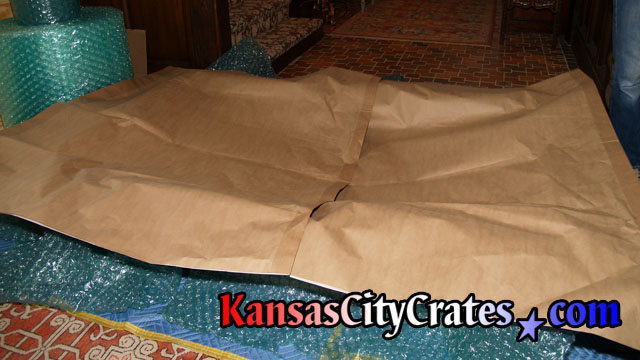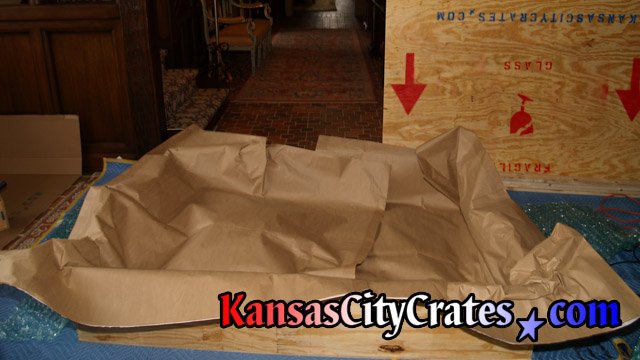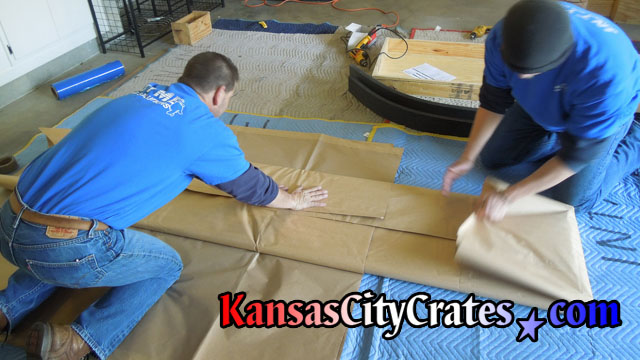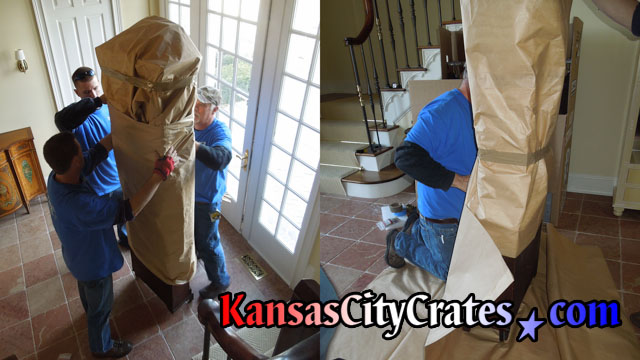Paper Wrap is usually the first layer of protection for almost all items crated. Sometimes "tissue wrap" and/or "acid free" paper is substituted for delicate and antique finishes. Paper wrap prevents smudges and finger prints on the item being crated, and also acts as a layer of shock absorption while in the crate.
|
 |
 |
 |
OUR MOST POPULAR LINKS! | |||||
 |
 |
|||||







